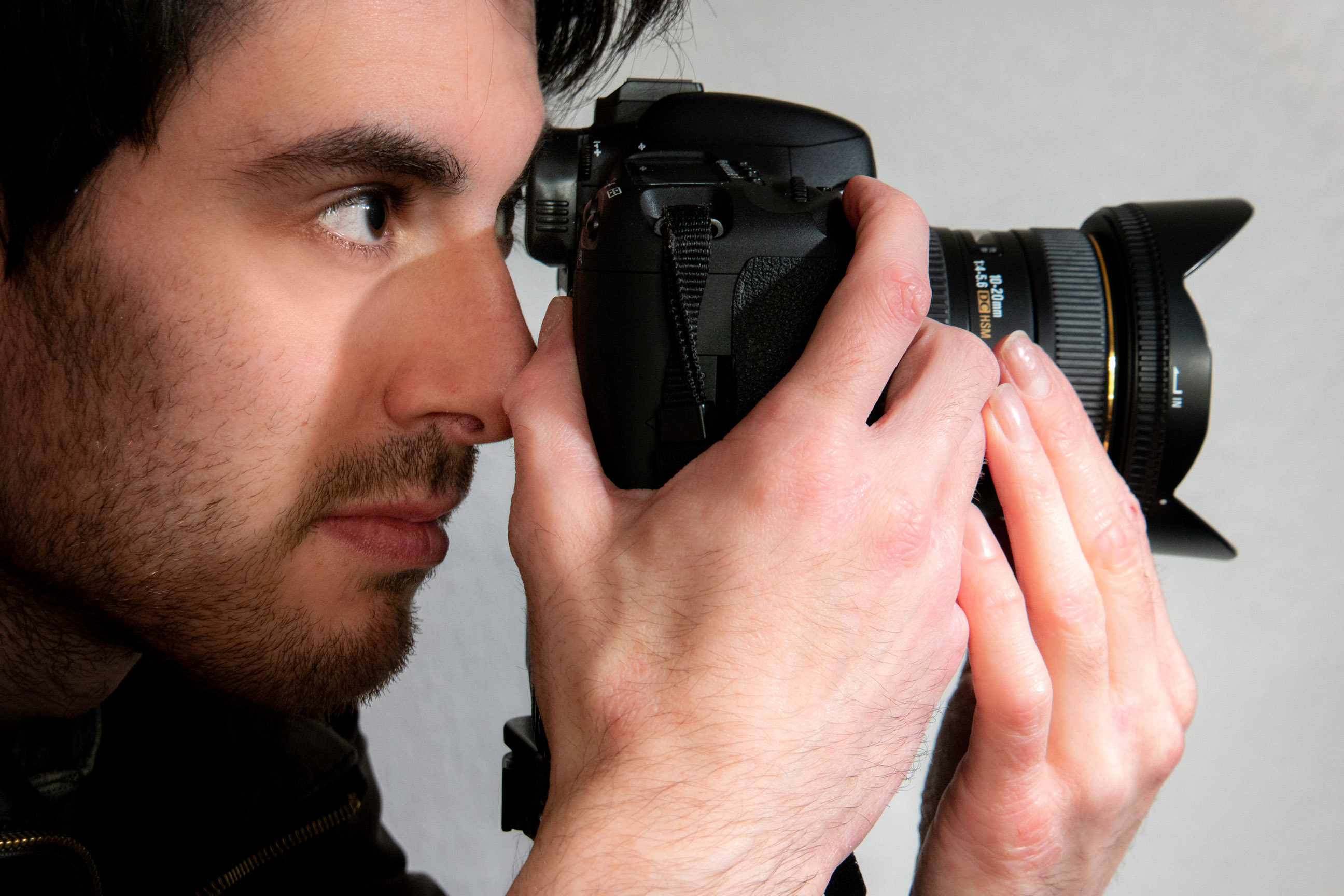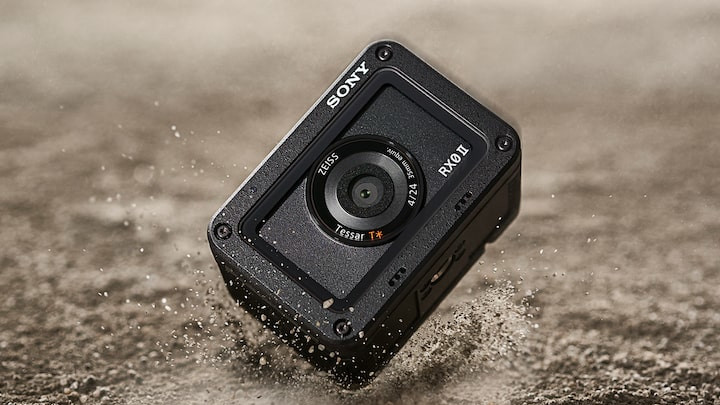I went on a photo tour in Spain with Light and Land, and this is what I learned
I headed to Valencia with the famous photo workshop company to find out how to capture unique images in popular locations
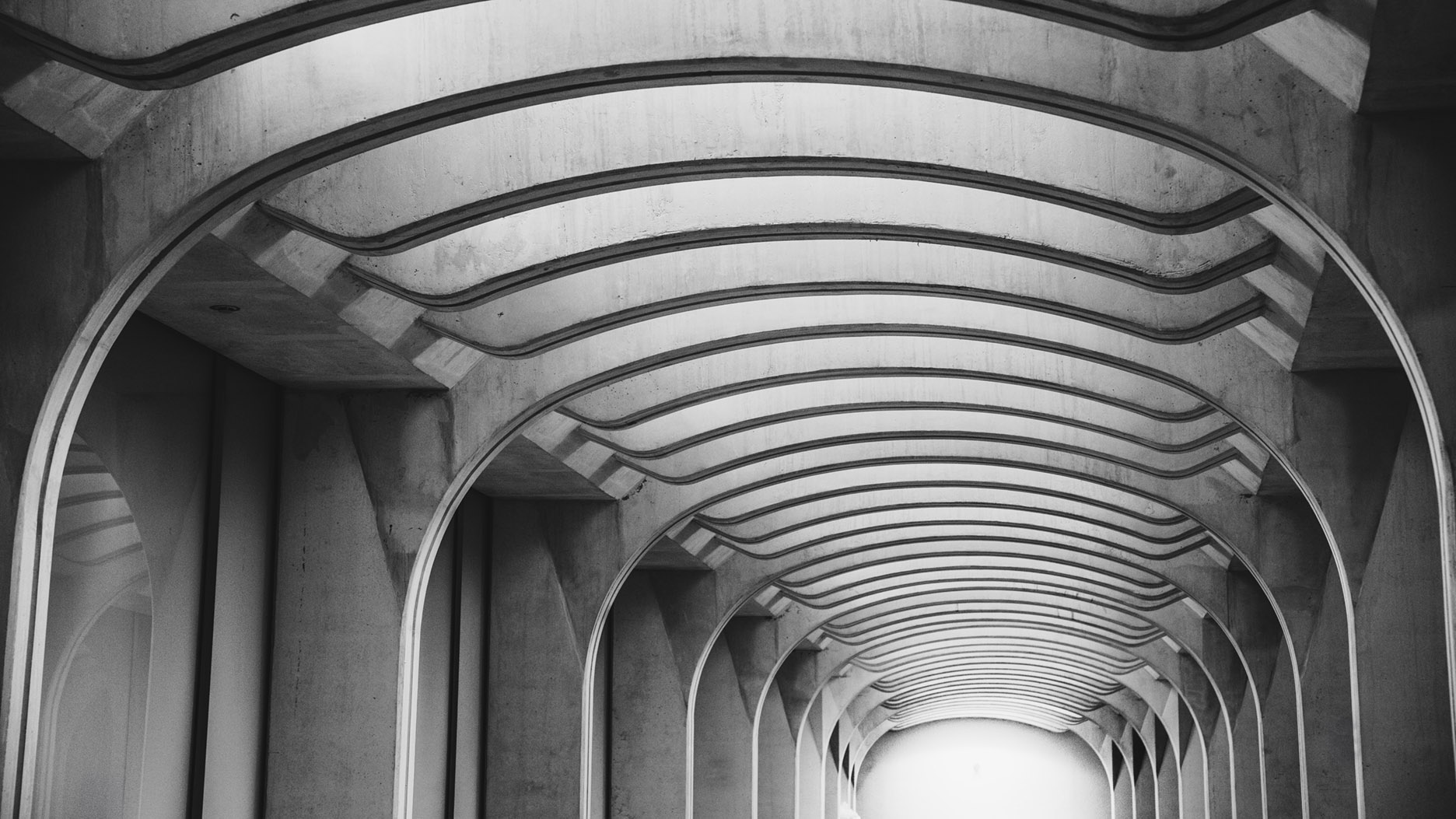
The last Light and Land workshop I attended involved exploring my home city of Newcastle, in the UK. It was a fascinating experience to discover new ways of seeing a place I have known for most of my life, and the insight I gained enabled me to renew my creativity in photography.
Happily, the Light and Land team kindly invited me to join them on another tour but, this time I would be exploring somewhere I had never been but had wanted to visit for many years.
Valencia, on the east coast of Spain, is home to a wide variety of architectural styles and flavors. Not only does it have an enchanting Old Town, complete with the largest indoor market in Europe, but it is also home to the City of Arts and Sciences.
This modern masterpiece is on most photographers’ bucket lists, especially if you have a fascination with architectural and abstract imagery. Keep a look out and you’ll likely spot it in multiple films and TV shows, where the filmmakers needed a location that conveyed a futuristic aesthetic.
Our leader on this trip is Astrid McGechan, a photographer with a diverse spectrum of artistic interests and expertise, as I'll discuss later. The plan had been to consider a pre-dawn start, depending on the weather. Unfortunately, Mother Nature isn’t playing along this morning, with showers forecast.
Astrid however, the expert workshop leader that she is, has been adaptable. I meet the group in the (diffused) shadow of the Palau des Artes, a gargantuan opera house, its iconic concrete ‘feather’ seemingly levitating above the roof. I needn't have worried about finding the rendezvous spot.
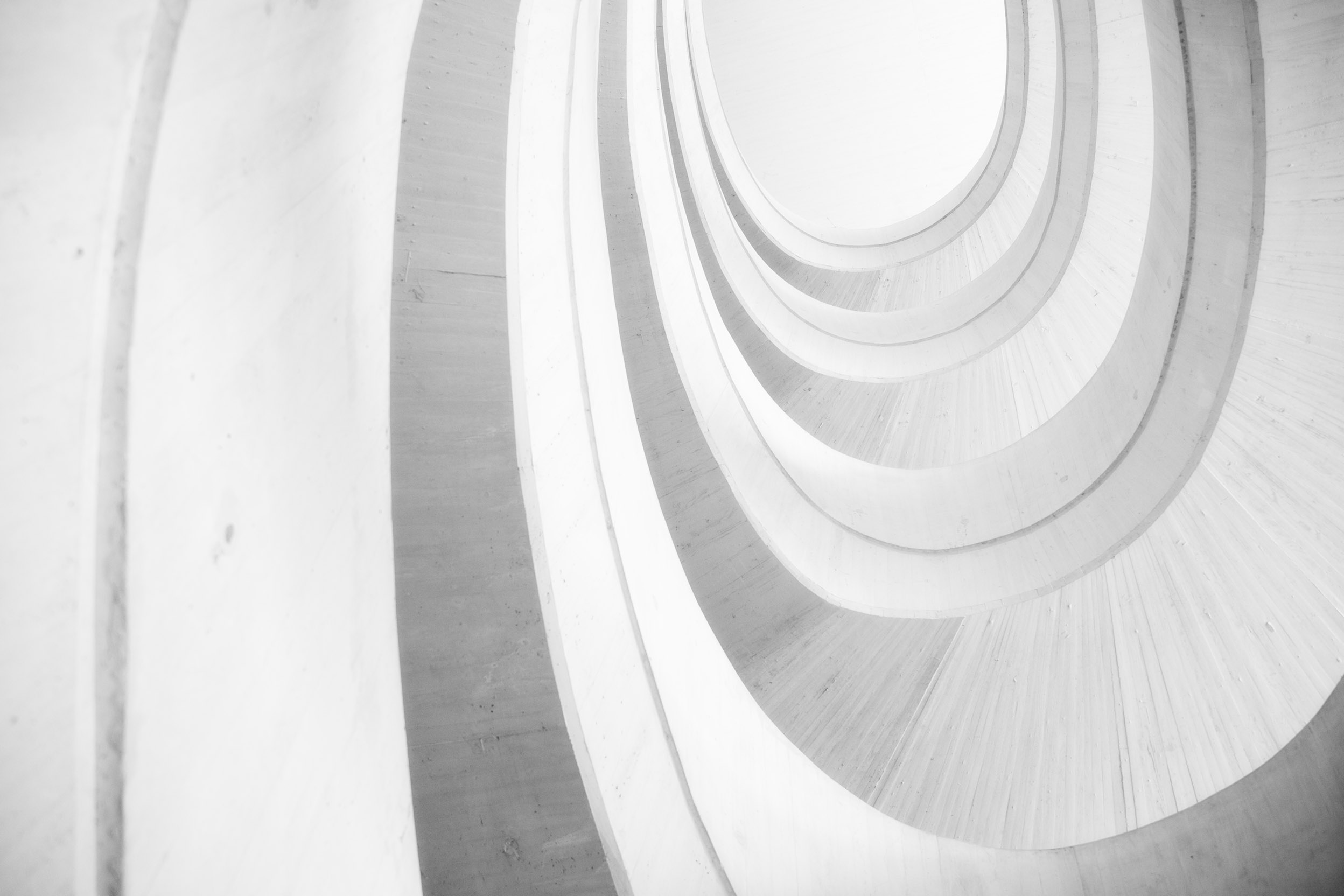
Choosing a location
Having already been together for several days, after a quick briefing, the group disperses to put into practice the techniques Astrid has already introduced. Astrid and I set off on a quick tour of the site, and I ask her how she selects the best places to run a workshop and what she first looks for photographically when arriving in a new city.
The best camera deals, reviews, product advice, and unmissable photography news, direct to your inbox!
“It depends on the city or the location,” she explains. "I will have researched it beforehand and then I do a recce. It has to be suitable for a group tour.
“I came to Valencia in 2020, explored and took images. I saw there were many different elements that I liked and that would work well as a tour. I do architecture and landscapes, so sometimes I make personal trips to see the potential and then put it up as a tour online.”
I notice that Astrid isn’t carrying much kit with her and I mention this when she takes a few shots on her phone.
“That’s the biggest distinction between a personal tour and a client workshop – I’m not here to take my own photos. You can sometimes see photographers running tours and they are at the front of the queue shooting images, their students merely shadowing them. That’s not why they are there. They are supposed to be helping their attendees get images they will be proud of and value.”
“For my personal trips I carry more gear, but for this a phone is perfect. It even offers creative effects such as double exposures.”
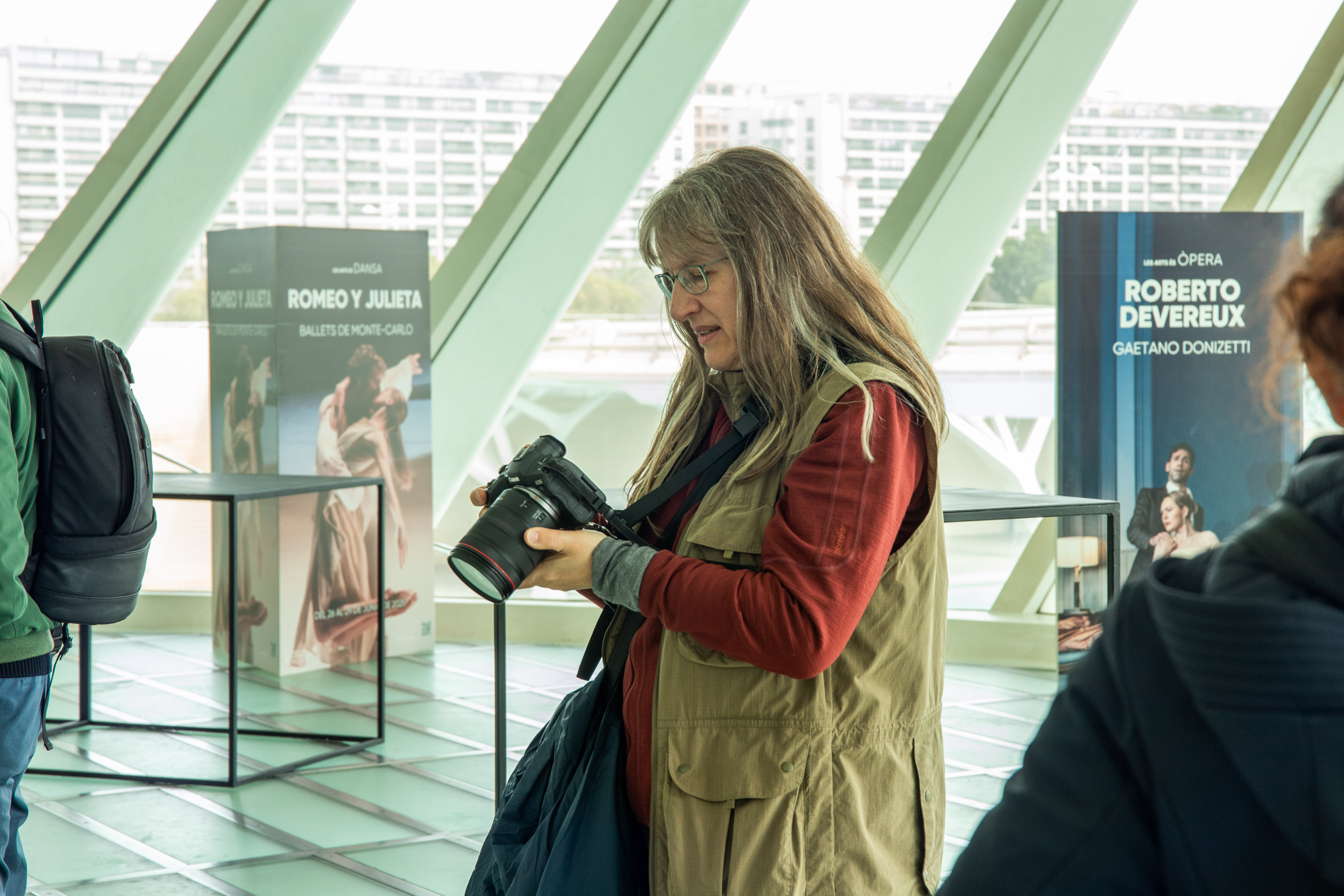
Astrid is a photographer, lecturer, tutor and book author based in Surrey. In 2018, Astrid joined Light & Land, the UK's premier photographic tour company, as a tour leader and is now a manager. While she has expertise in landscape and architectural photography, Astrid believes in telling a complete story by exploring multiple genres.
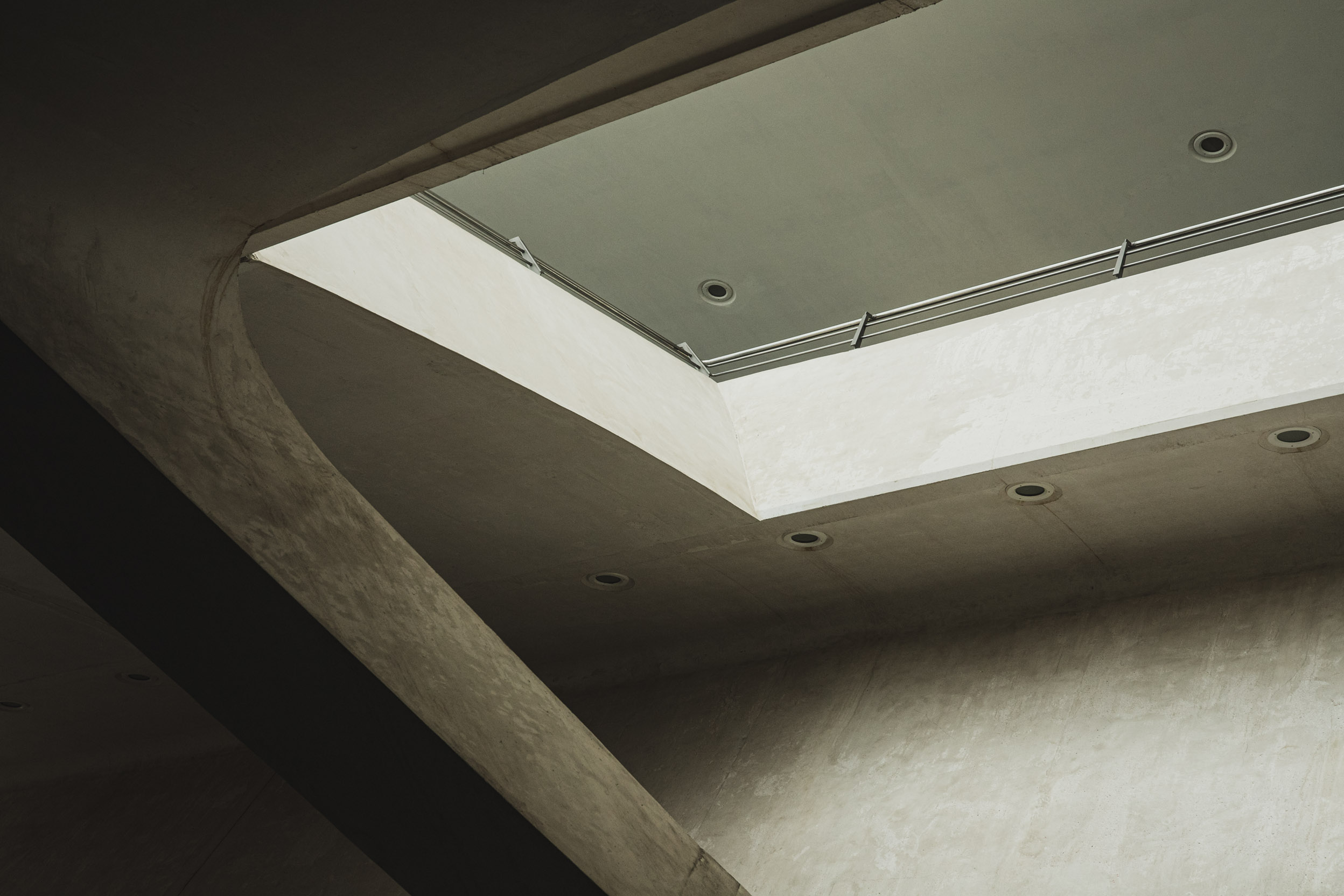
We pass the ‘Hemispheric’, a cinema complex shaped like an eye, and then on past the mesmerizing Science Museum, its shape mimicking a giant whale skeleton. I quiz Astrid on how she caters to the interests of the diverse range of photographers who attend Light and Land tours each year.
“It is varied as you have people with different specialisms – here on this trip we have a wildlife photographer, for example, and they may never have done any cityscape photography before. Many of the group are out of their comfort zones but have come here specifically for the architecture, so I want to give them a perspective on what architectural photography is all about.”
We work our way towards the towering ‘Agora’, the most recent addition to the complex. Entering the building, you are struck by the scale and way the light filters through the fan-like ceiling. I comment on how the entire site is almost built for photographers. She agrees and offers an interesting observation.
“When you think about it, it shouldn’t be a surprise. We’re all creative people and architects are artists – they see the world in a similar way to us, so what a photographer is attracted to will also appeal to them.”
Just what IS the difference between travel and architecture photography?
With that food for thought, we head back to the Palau des Artes, where we have a guided tour booked – an added perk of being on an L&L trip. It’s a fascinating look behind the scenes of this highly active opera venue, and it provides all of the group with ample opportunity to capture abstract shots of the interior design.
We enter a space towards the front of the building and find ourselves dwarfed by the ‘feather’, hovering above our heads. I raised a question with Astrid on which I’m always interested to hear a photographer’s view: what is the difference between travel and architecture photography, two often-associated genres?
“These are artificial terms – I can travel from Surrey to London and it’s travel! I try not to separate them,” she tells me. “I travel around a lot but don’t call myself a travel photographer.
“I photograph most things – here we have events, people, abstracts, architecture, so on a tour I never go somewhere for just one type of photography. I used to call myself a landscape photographer, but when I switched camera systems I ended up shooting mostly in cities, so it’s constantly evolving.
“I find the approach of doing a bit of everything and bringing each area of photography together appeals to people. When I do talks at camera clubs, people often come up to me afterward and say that they are happy I haven’t told them they need to be specialists in just one type of photography.
“There is a lot of pressure for people to find their ‘style’ – what does that mean? How can you consciously find your style? Yes, I can look at an image and identify that someone might have taken it – Charlie Waite, for example – but it comes naturally to these people. They don’t set out thinking, ‘I have to shoot this thing in this particular way’.”
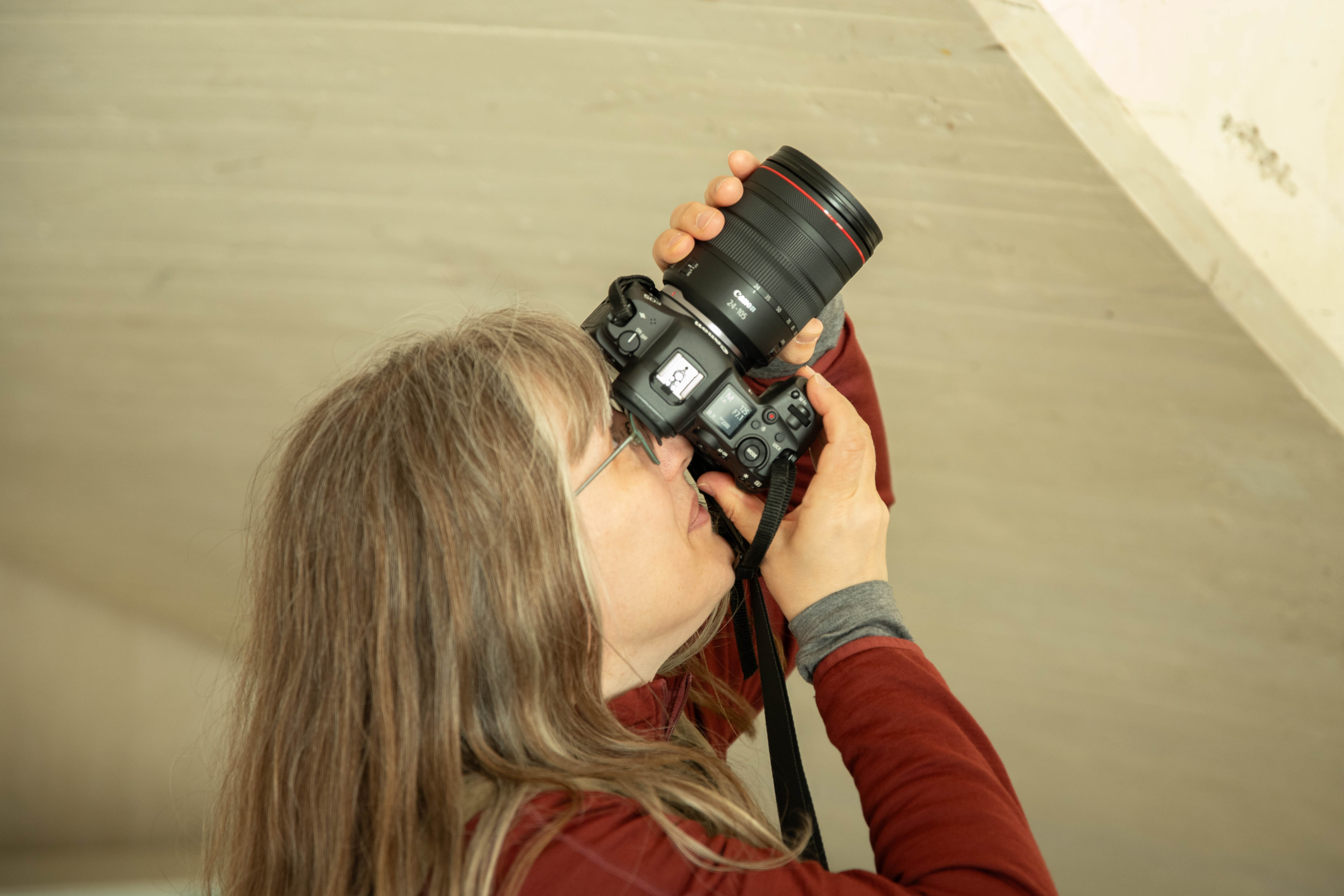
We explore the multiple theaters and Astrid encourages the group to focus on the abstract nature of the ceiling, looking beyond the literal nature of the architecture.
“On a tour, I have to be aware that not everyone will be interested in the same thing. Our wildlife photographer, for example, may feel that architecture doesn’t appeal much after all, so I need to give her something else to focus on.
“She was really taken with the people in costumes – they were moving subjects so were more similar to what she’s used to! That way, everyone has something they can enjoy and will get something from the tour experience.”
Creating something unique
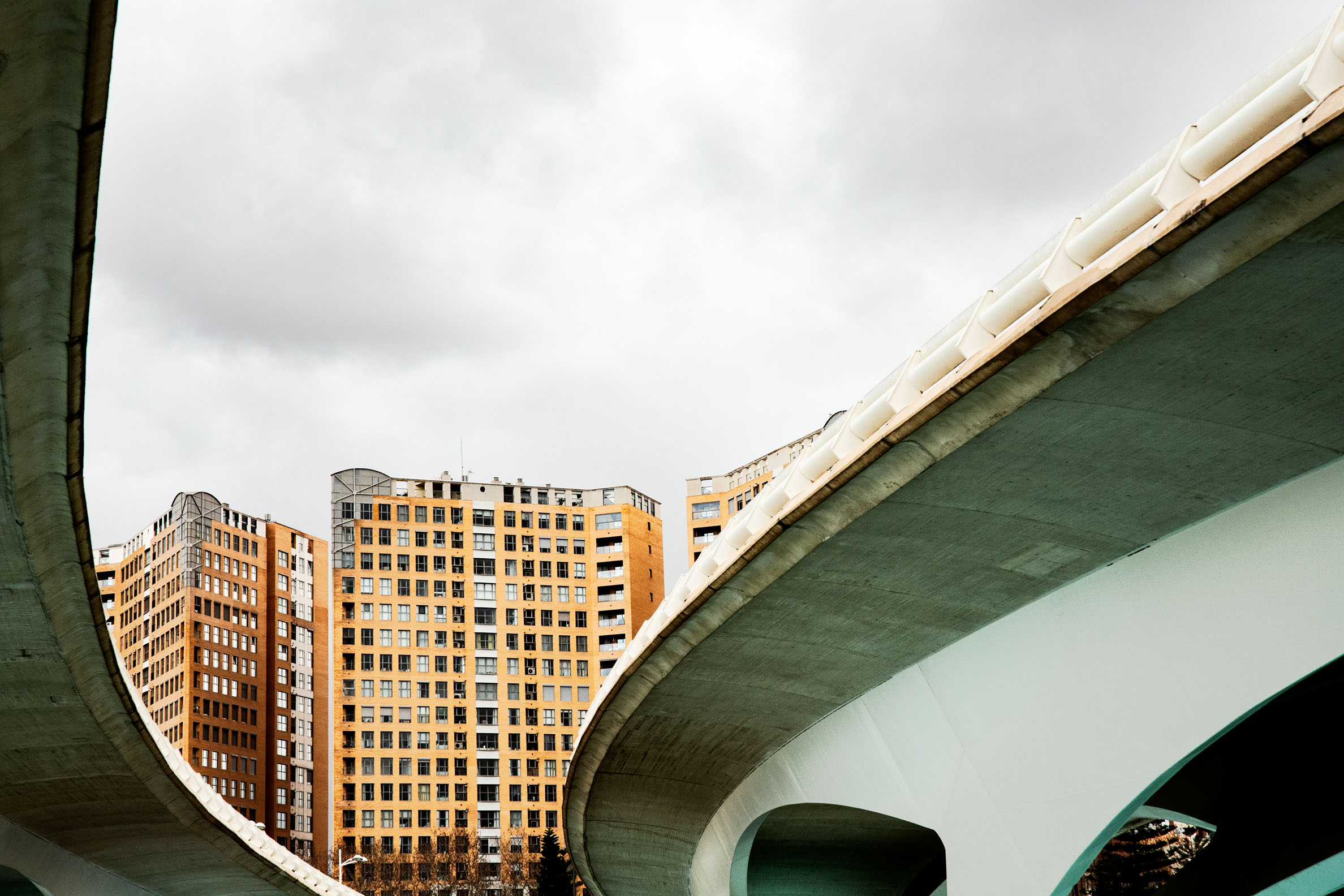
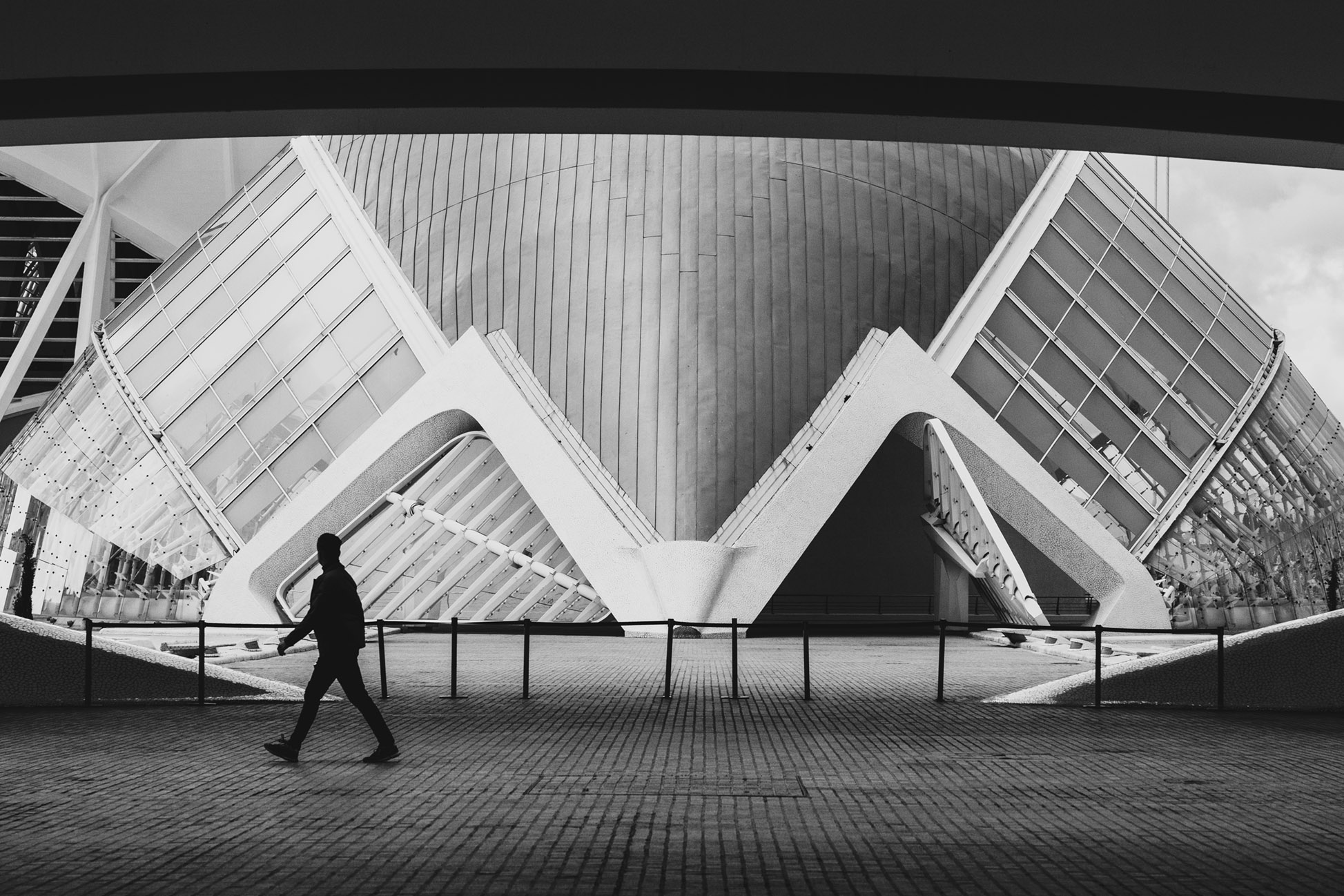
Valencia attracts tens of thousands of photographers each year, so how can anyone hope to capture something new? To focus on just the buildings would only tell half of the story. Astrid has the answer.
“I like the phrase, being ‘visually agile’. A gentleman arrived here and said, ‘This is the picture I want to take.’ I knew he wasn’t going to be able to take that shot – it may have been taken with a drone, I think. If you decide exactly what you want to see before you arrive then, once you’re there, you won’t be able to see anything else.
“I say, forget your expectations and be open-minded. Use what you see. I might not be looking to create something new but I try not to copy what others have done.”
Working the weather
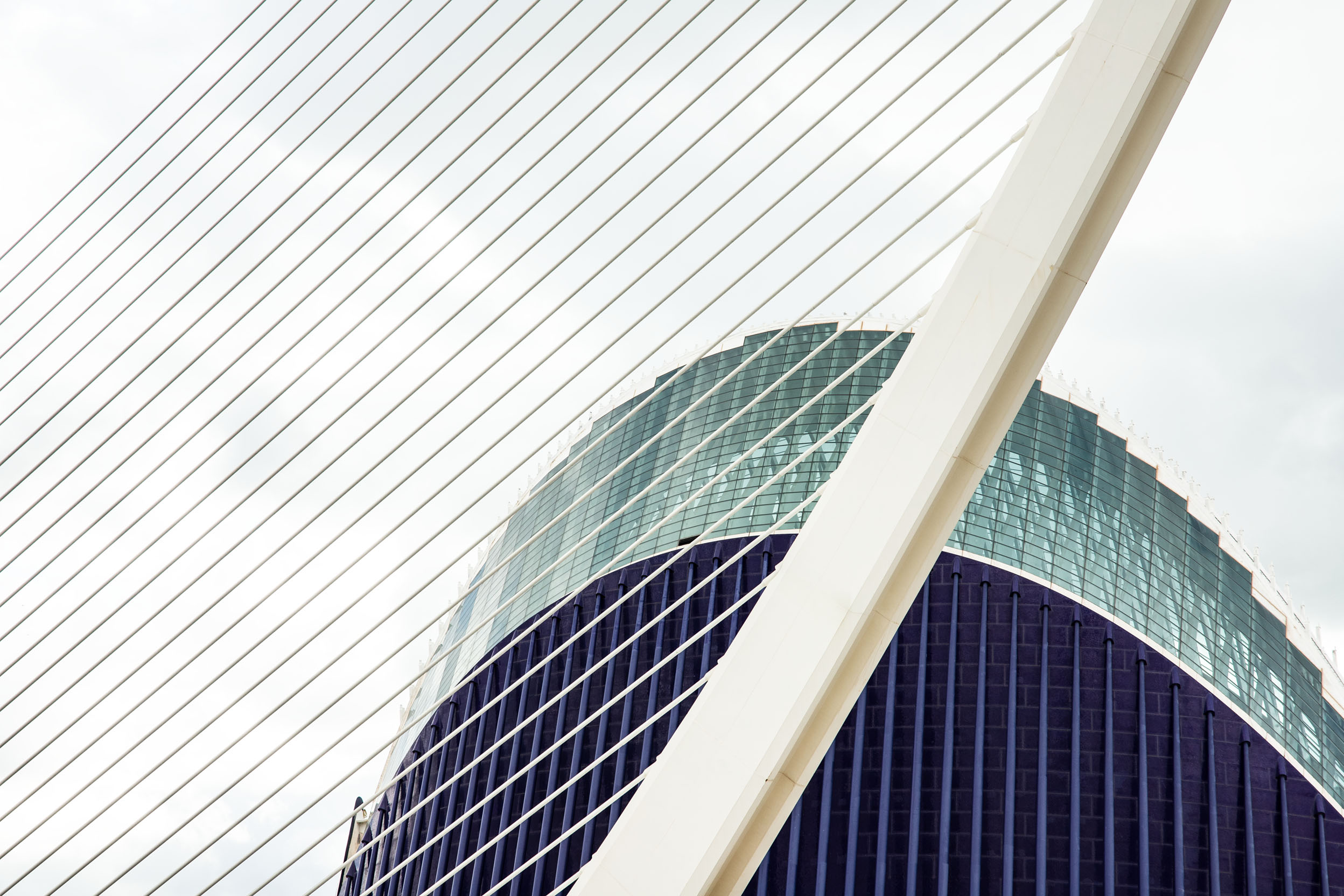
As we head outside for one last round of shots, I mention the change of plans this morning, on account of the weather. How does Astrid adapt to changing conditions?
“There is nothing you can do about the weather, so you have to use what you’ve got. Many of these buildings look their best when the sun shines as they cast shadows. When it’s cloudy, they aren’t going to do that so we have to look for something else.
“Instead, look for layers created purely by the way the buildings are constructed – here you have four levels ranging from darker grey to much lighter areas. If it does rain later, we can use puddles to capture reflections.
“We just have to translate that for our clients and encourage them to look beyond the obvious. Sometimes clients are disappointed by the weather and lose motivation. It’s our job to help them get the best shots they can. If you don’t make the effort to go and take photos, you aren’t going to go home with any!”
Check out the wide range of photography tours available through Light and Land
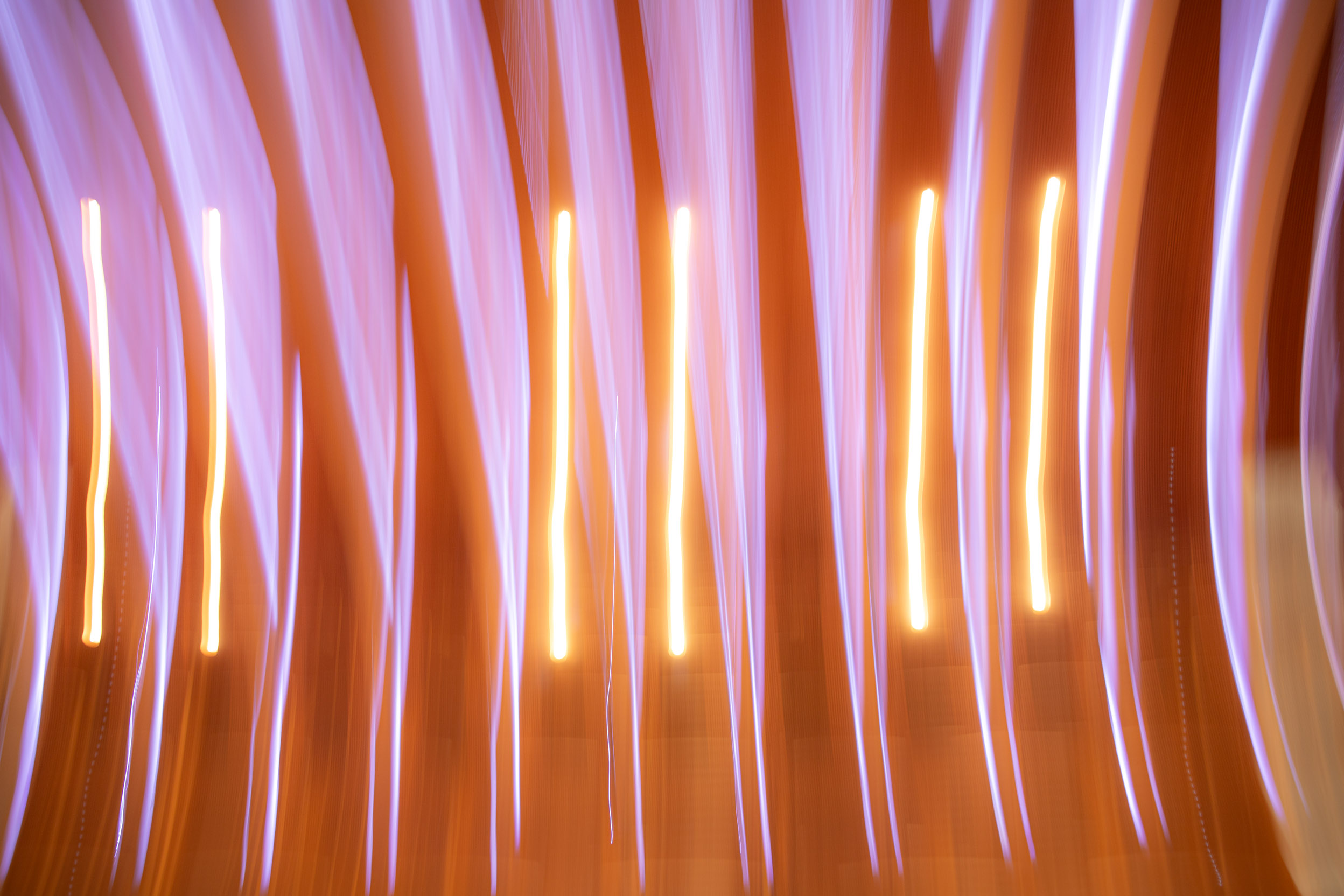
You might also like…
Take a look at the best cameras for landscape photography along with the best travel cameras, and arm yourself with the best landscape lenses and best travel lenses!
As the Editor for Digital Photographer magazine, Peter is a specialist in camera tutorials and creative projects to help you get the most out of your camera, lens, tripod, filters, gimbal, lighting and other imaging equipment.
After cutting his teeth working in retail for camera specialists like Jessops, he has spent 11 years as a photography journalist and freelance writer – and he is a Getty Images-registered photographer, to boot.
No matter what you want to shoot, Peter can help you sharpen your skills and elevate your ability, whether it’s taking portraits, capturing landscapes, shooting architecture, creating macro and still life, photographing action… he can help you learn and improve.
You must confirm your public display name before commenting
Please logout and then login again, you will then be prompted to enter your display name.
